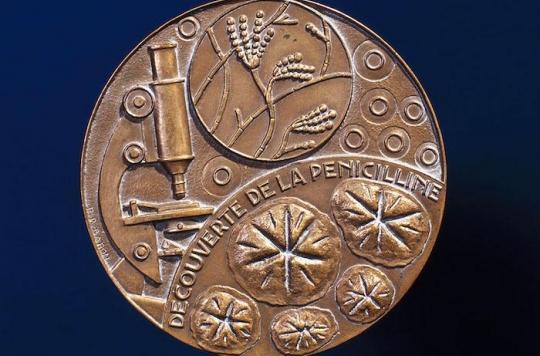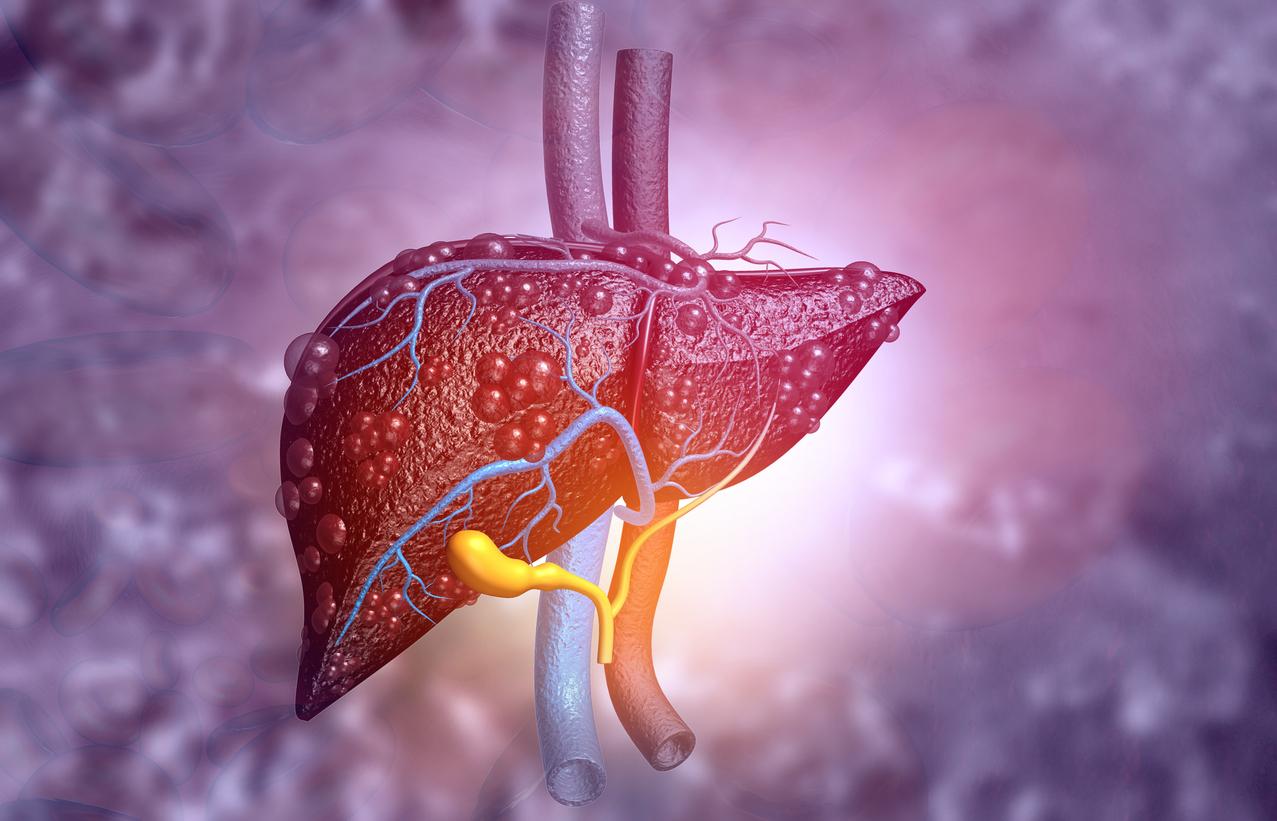Jeffrey Hall, Michael Rosbash and Michael Young received the Nobel Prize in Medicine. They identified two genes and two proteins that govern the circadian cycle.

The 2017 Nobel Prize week has started, with the awarding of the Nobel Prize in Medicine and Physiology on October 2. This year it was awarded to three Americans, Jeffrey Hall, Michael Rosbash and Michael Young, for work dating back over thirty years.
In a few years, they made a series of discoveries on the mechanisms underlying the functioning of the biological clock. This punctuates the life of mammals, but also of many animals, both vertebrates and invertebrates.
A first discovery in 1984
In 1984, using Drosophila as models, the three researchers, and their respective teams from the American Brandeis universities in Boston and Rockefeller in New York, identified and isolated the gene responsible for the production of a protein, called PER. On a 24-hour basis, the rate of PER oscillates in rhythm with the circadian cycle. It accumulates during the night, and deteriorates during the day.
The existence of this gene had been theorized by Seymour Benzer and Ronald Konopka in the 1970s. The two researchers had named it period. The Nobelists validated this theory.
Chain discoveries
Jeffrey Hall and Michael Rosbash then carried out work to understand how this oscillation could be set up and be maintained over time. Their hypothesis was as follows: the PER protein itself blocks the activity of the gene period. But this theory quickly ran up against inconsistencies at the cellular level, the protein not being able to penetrate the nucleus, and therefore access the gene and inhibit it.
In 1994, Michael Young finally lifted them, identifying a second gene involved, timeless. It makes it possible to produce a second molecule, TIM, which, when combined with PER, allows it to reach the nucleus.
Michael Young has finally identified a third gene, doubletime, which controls the frequency of oscillations by delaying the accumulation of PER.
A large field of research
Despite the 33-year wait for Nobel Prize winners, the award is not out of the news. Work in this area is continuing. Those on blue light, for example, are in line with the research of the three scientists.
Together, these three major discoveries have therefore opened up a whole field of exploration. Since the identification of period, about fifteen genes have been identified at the cellular level.
All the specialties concerned
The sleep / wake rhythm, body temperature, blood pressure, hormone production, heart rate … All these processes, but also many others, more complex such as memory or cognitive abilities, are in part regulated by the biological clock. “Scientific research data shows that almost all biological functions are subject to this rate,” explains Inserm.
By its omnipresence, the biological clock therefore has a role to play in most diseases, and in treatments. At Inserm, the unit Biological rhythms and cancers is thus studying chronopharmacology – which determines the ideal periods for administering treatments – but also, for example, the influence of genes on the risk of developing breast cancer.
.














